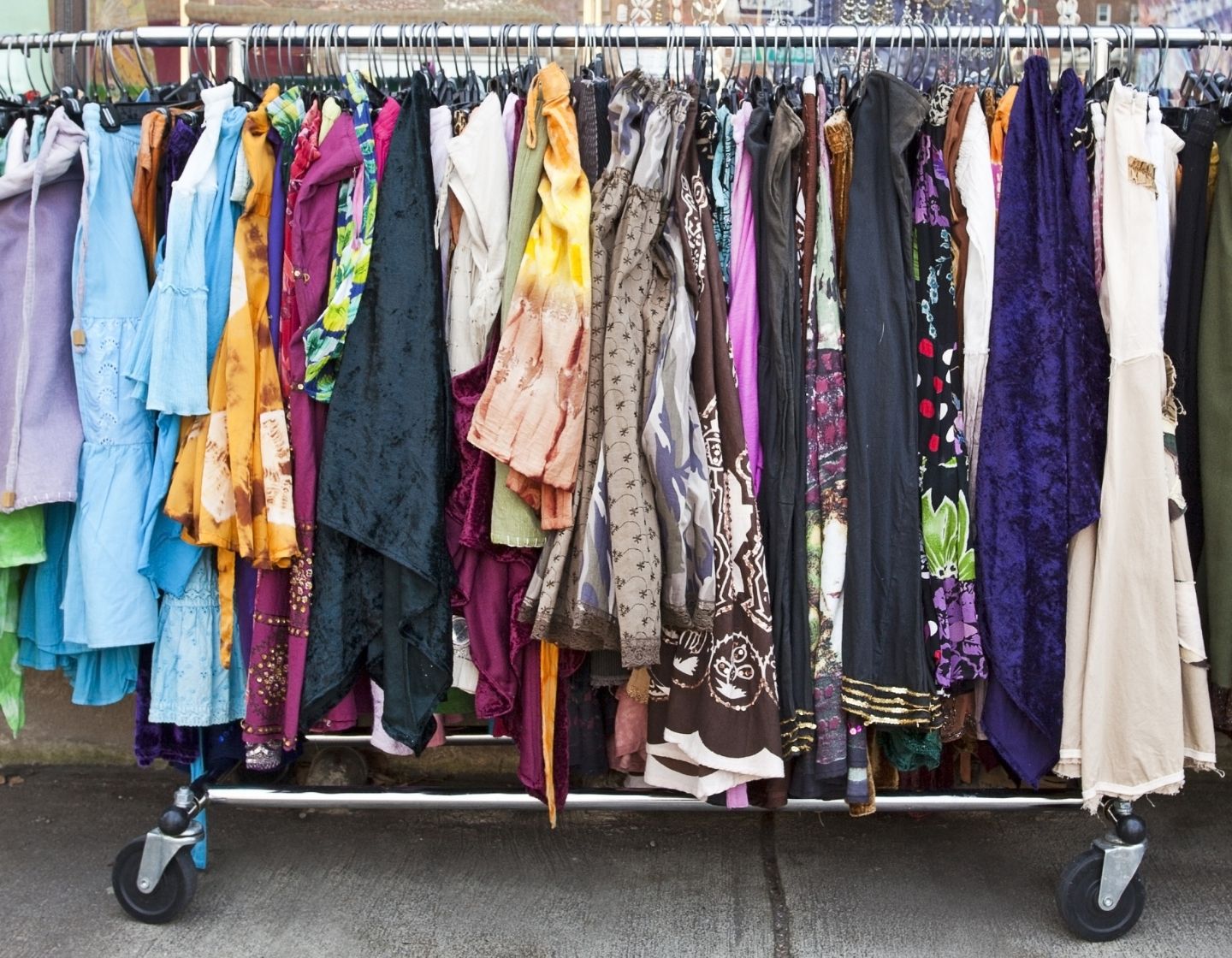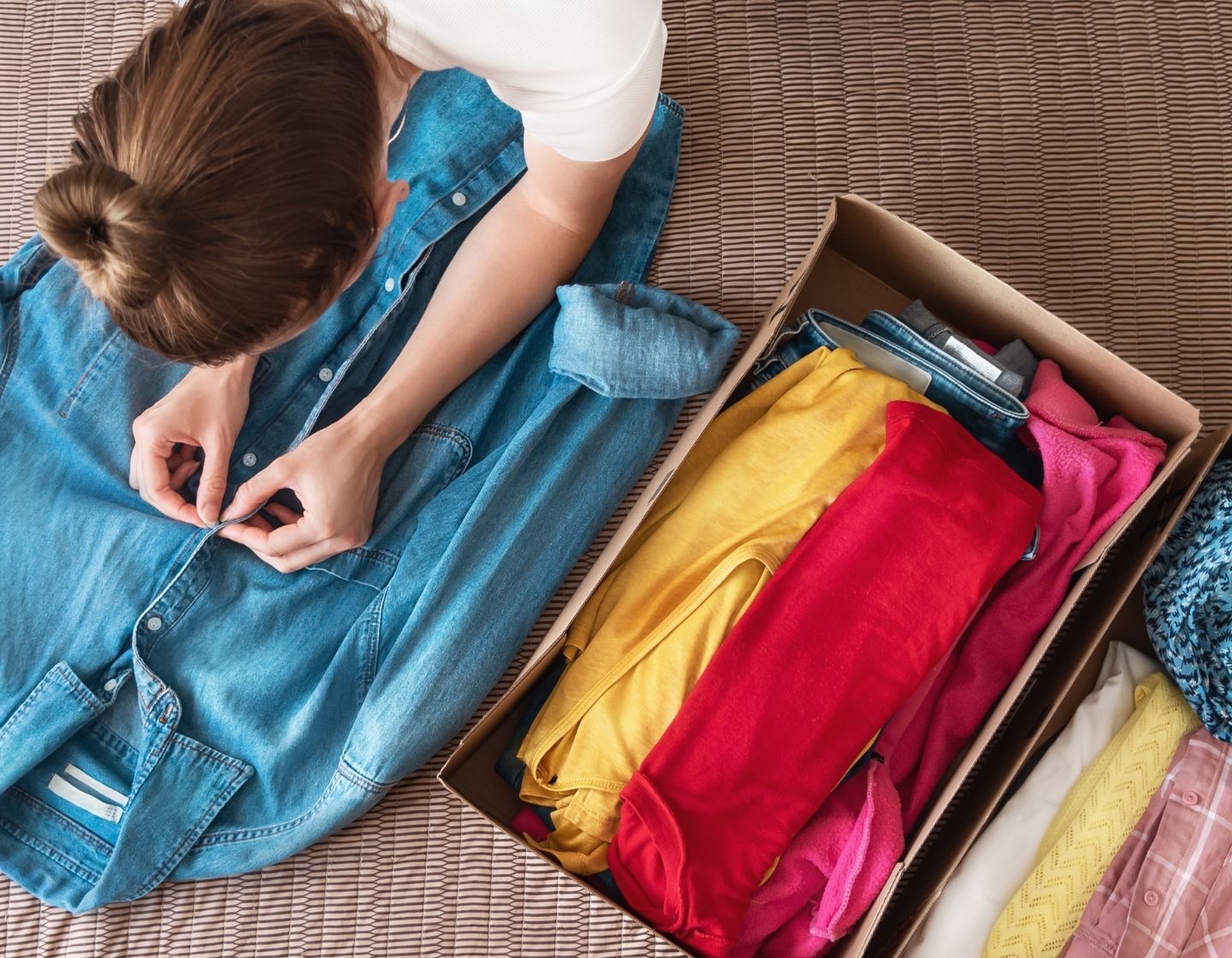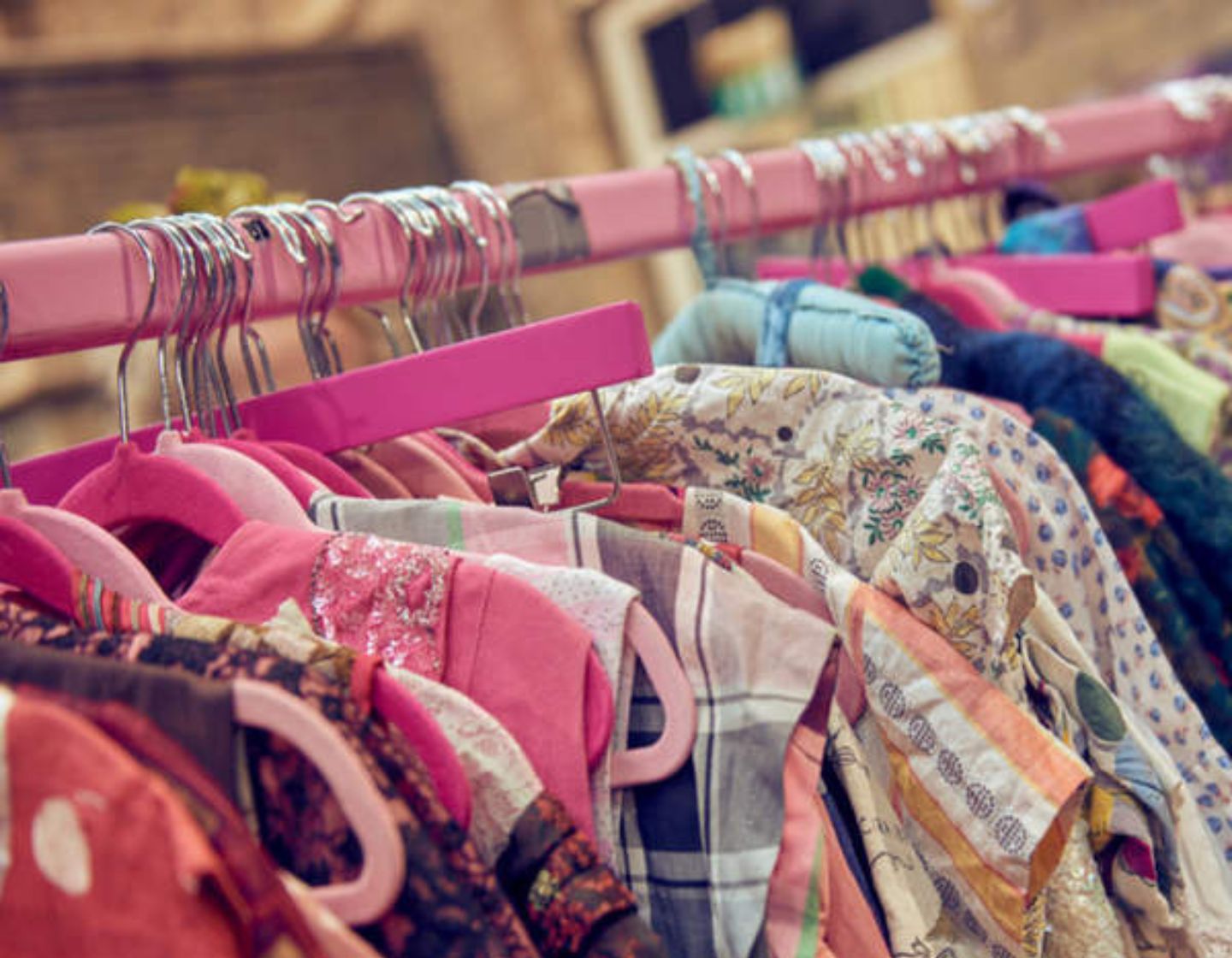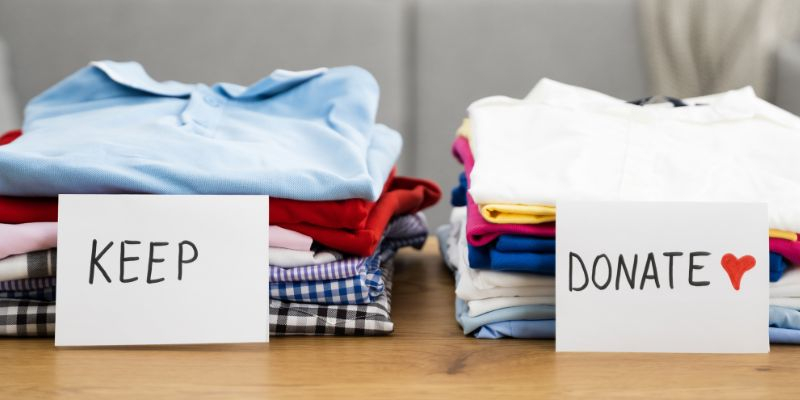What is circular fashion?
The fashion industry has one of the biggest environmental footprints. Recent studies have found that it is responsible for roughly 8% of global carbon dioxide emissions.
And that’s not all. Clothing consumption is expected to double by 2030, amounting to a staggering 102 million tonnes of material. Yet, clothing use has dropped by 40% and 92 million tonnes get thrown into landfill each year.
That sounds like a pretty big problem, right? Let’s see how we can tackle it!
What is circular fashion?
The term circular fashion was coined by Anna Brismar back in 2014 when she attended a sustainable fashion seminar in Stockholm. The concept has somewhat evolved since then.
In 2017, she defined circular fashion as clothing, shoes or accessories that are designed, sourced, produced and provided with the purpose of being used and circulated responsibly and effectively for as long as possible. Afterwards, the items are returned to the earth when they are no longer in use.
Basically, this means that circular fashion reuses existing resources from the fashion industry rather than constantly creating new materials and garments. It considers the impact of clothing before it has even come to life yet, and what happens at its end of life. Both are equally as important.
Just like a circular economy, it’s about promoting an everlasting cycle.

What is the difference between circular and linear fashion?
The fashion industry is predominately linear which is also referred to as fast fashion. For some, fashion is merely a trend and once you bore of it, it ends up in the bin or perhaps in a charity shop – which ultimately tends to end up in landfill.
Think of your favourite garment you bought on the high street. Someone would design the garment, the production team would choose the material and then the factories mass produce it and shops would sell them to us, the consumer. Items like this are often thought of as temporary, disposable items.
Circular fashion is different. It doesn’t just rely on the consumer. It considers every stage of the production process. It asks questions like, “Is the garment durable to last for years? Is the style timeless rather than a temporary trend? Is the material sustainable?” And it’s not just about the resources. It considers whether factory workers are being paid a fair wage and whether they’re contributing to local pollution.
What about a recycling economy?
A recycling economy begins at the end of the product’s lifecycle, unlike a circular economy that starts at the very beginning. While recycling is a great step and something we’re massive advocates of, many professionals do not believe that this is enough to combat the environmental effects of the fashion industry.
In a recycling economy, items are not made to be preserved or valued. Rather, it’s what happens at the end that matters. According to the Ellen MacArthur Foundation, the design stage determines roughly 80% of environmental impacts. That’s why it’s so important to ensure that items are designed to be reused, repaired and remanufactured to relieve the stress on the planet.

Why is circular fashion good for the environment?
- By investing in long-lasting items that are made from responsible sources, less waste ends up in landfill. Circular fashion wants items to be used again and again, even if it’s for a different purpose.
- Fewer materials are being used because circular fashion reuses existing materials, reducing the need to use raw materials. This preserves energy, maintains biodiversity and prevents deforestation – vital for humans, plants and animals to thrive.
- Many circular fashion brands also invest in sustainable practices throughout their chain such as using renewable energy or reducing transport emissions.
- Fewer items are sent to landfill which reduces the amount of waste and carbon emissions of the fashion industry.
- Circular fashion invests in green energy and transportation which keeps global emissions down and contributes to a happier planet.
According to Vogue, there are quite a few hurdles to jump through for this to become mainstream. The infrastructure to remanufacture items and recycle fibres into new fibres is limited. At the moment, less than 1% of the fibre used to produce clothing is recycled to make new clothing.
Plus, the demand for industry buy-in is not there yet. That’s where you come in.

How can we, as consumers, partake in a circular fashion economy?
You might be curious to know how you can change your habits and participate in circular fashion. Especially considering that research suggests the pandemic has made consumers more ethical. We’re not saying it’s going to be easy, and you don’t have to go from zero to 100 overnight. But here are some small steps to help you with your fashion awakening…
- Hold back on the retail therapy. Keeping up with the latest trends is expensive and destructive to the environment. Instead, choose timeless items that you really love and know you will wear for years to come.
- Shop secondhand in charity shops and on apps such as Vinted as your first option. It’s also a great way to earn some cash back rather than putting your items in the bin. If you have a fancy event coming up such as Christmas parties or sprint weddings, rent a dress instead.
- Get creative! Learn how to upcycle and give your items a new lease of life. YouTube and Pinterest have hundreds of tutorials if you need some inspiration. I like to swap items of clothing with friends too if I’m feeling fed up with my wardrobe. Plus, learn how to sew and repair what you already have.
- Research the brands you’re buying from before you make a purchase. The Good On You App gives you the power to check the environmental impact of your favourite fashion brands in just a few seconds. Check out our top 5 sustainability apps for more suggestions.
The research step is one of the most important. As consumers, the power is in your hands. If we support and buy from circular fashion brands, that tell the fashion industry that there is more of a demand for it. This means more brands will adopt it. Shopping is kind of like voting – you buy from brands that align with your values.
Keen to learn more about becoming an ethical consumer?
If you’re keen to learn more about making ethical shopping choices in other areas of your life like in the home, on the go or at work – join our Home Club for access to unbeatable prices and more helpful tips and tricks just like this!


